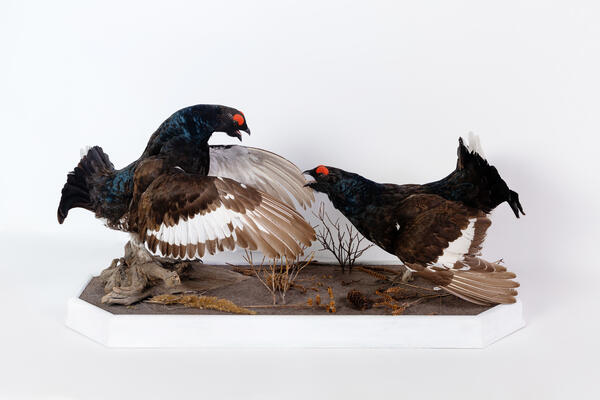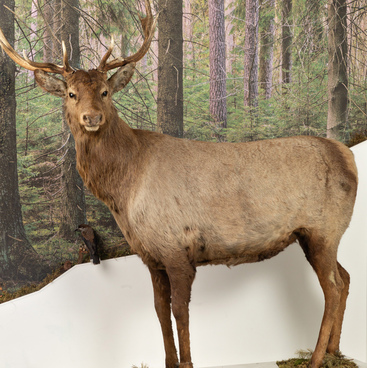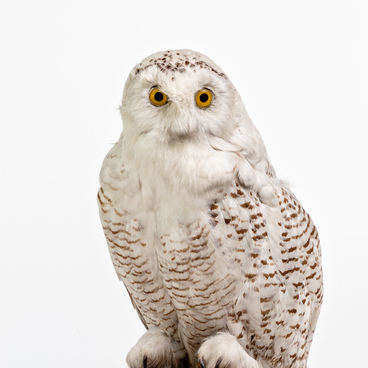Grouses belong to the order of Galliformes of the Pheasant family and are sedentary species. The black grouse lives almost everywhere. It inhabits the territory of Europe, North Africa, Asia, and lives in the Scandinavian countries.
The male has large, bright red eyebrows and a strong beak, is colored mainly black, and shimmers with a blue or greenish hue. The wide-spread lyre-shaped tail is separated by a white feathering. Mature individuals reach 58 centimeters in length and weigh up to 1.5 kilograms. Among the forest inhabitants that pose a real danger to grouse, foxes, hawks, and martens can be distinguished.
Black grouses live mainly in birch plantations, groves, and forests. However, some species prefer mixed forests. This bird spends a significant part of its life on the ground, but in winter the grouse most often feeds on trees. In order to eat buds, birch catkins, and other twig food, the grouse willingly climbs the tree crowns.
In the warm season, the basis of its diet consists of wild berries, willow buds, aspen, clover leaves, and rose hips. Despite its massiveness, the black grouse being in search of delicious treats is able to grab a branch and hang upside down for a long time, thus reaching for a favorite berry or young kidney.
During life, along with food, adult birds swallow small stones, which contribute to active digestion and grinding of coarse food inside the stomach.
The black grouse is the only bird that uses snow chambers as a shelter during the cold season. In shallow holes dug, they hide from the cold and bad weather, and come out of them only for food.
During the spring season, there is a period of performing courtship rituals. It is a special behavior of birds at the beginning of the mating season, which contributes to attracting the female. With the beginning of spring, male grouses gather together in lekking grounds, i.e. open places in the forest where they perform such courtship rituals. They make characteristic sounds, while spreading their wings, inflating, running around the lekking ground, colliding, and grappling with each other.
The male has large, bright red eyebrows and a strong beak, is colored mainly black, and shimmers with a blue or greenish hue. The wide-spread lyre-shaped tail is separated by a white feathering. Mature individuals reach 58 centimeters in length and weigh up to 1.5 kilograms. Among the forest inhabitants that pose a real danger to grouse, foxes, hawks, and martens can be distinguished.
Black grouses live mainly in birch plantations, groves, and forests. However, some species prefer mixed forests. This bird spends a significant part of its life on the ground, but in winter the grouse most often feeds on trees. In order to eat buds, birch catkins, and other twig food, the grouse willingly climbs the tree crowns.
In the warm season, the basis of its diet consists of wild berries, willow buds, aspen, clover leaves, and rose hips. Despite its massiveness, the black grouse being in search of delicious treats is able to grab a branch and hang upside down for a long time, thus reaching for a favorite berry or young kidney.
During life, along with food, adult birds swallow small stones, which contribute to active digestion and grinding of coarse food inside the stomach.
The black grouse is the only bird that uses snow chambers as a shelter during the cold season. In shallow holes dug, they hide from the cold and bad weather, and come out of them only for food.
During the spring season, there is a period of performing courtship rituals. It is a special behavior of birds at the beginning of the mating season, which contributes to attracting the female. With the beginning of spring, male grouses gather together in lekking grounds, i.e. open places in the forest where they perform such courtship rituals. They make characteristic sounds, while spreading their wings, inflating, running around the lekking ground, colliding, and grappling with each other.



